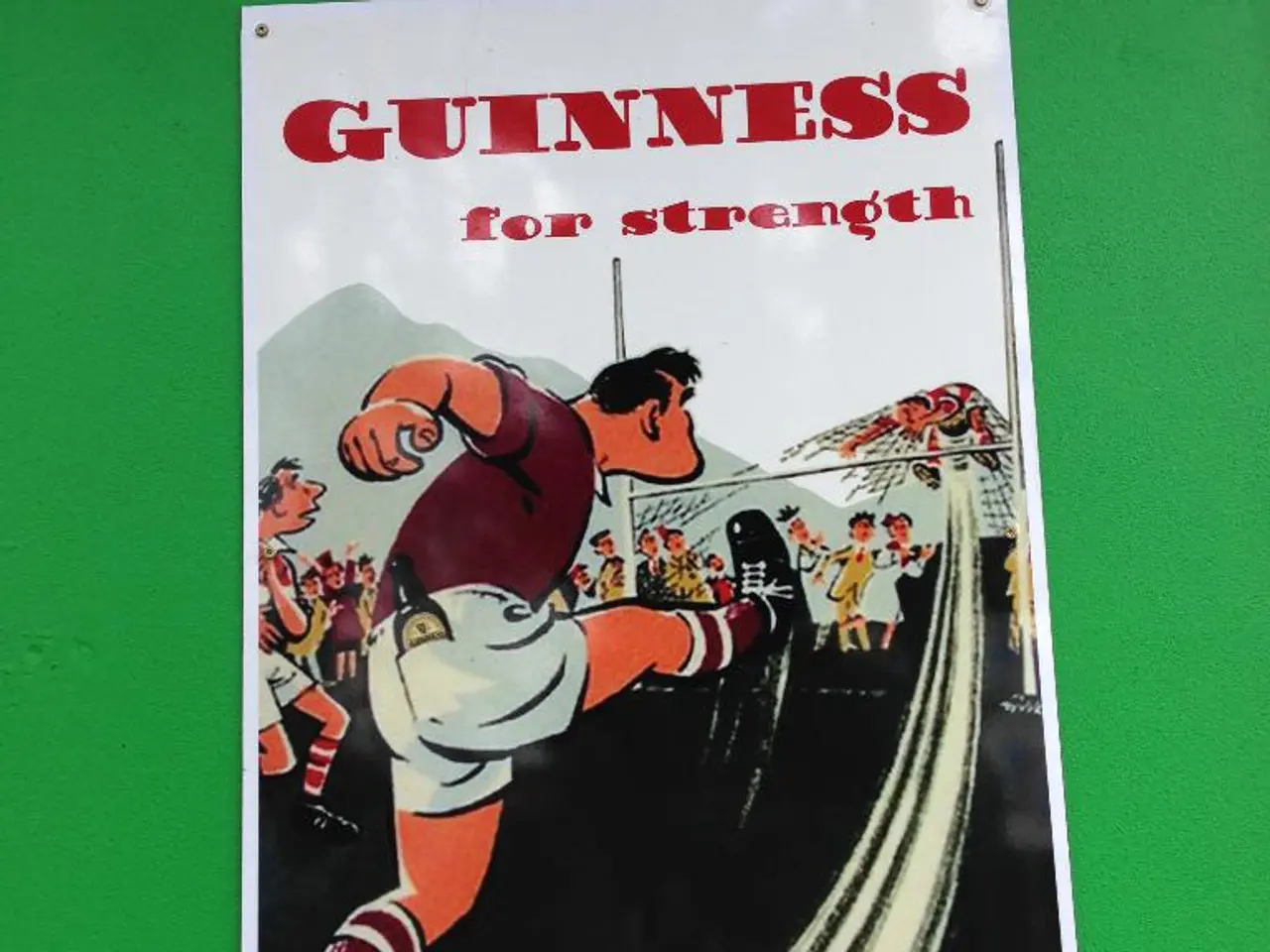Primates, including ourselves, have evolved differently, leading to humans being comparatively less physically strong.
Human physical strength is generally less than that of many of our primate relatives, such as chimpanzees, due to evolutionary trade-offs that favoured traits like enhanced brain size, fine motor skills, and endurance over maximal raw muscular power.
Primates with lower myostatin levels, such as gorillas, develop greater muscle mass without requiring the same level of physical activity. However, humans produce higher levels of myostatin compared to other primates, which places a cap on human strength and conserves energy. This adaptation allowed humans to become endurance specialists rather than strength-based animals.
Human bones are lighter and less dense than those of primates, an adaptation for upright walking and long-distance travel. This, combined with our higher proportion of slow-twitch muscle fibers, optimised for endurance and efficiency, enabled us to develop as endurance runners, a uniquely human trait.
Testosterone not only promotes muscle development but also increases aggression, a trait useful in the competitive and often violent social structures of many primates. However, humans have a hormonal balance that moderates testosterone levels, supporting the development of complex societies and cognitive skills but limiting the potential for raw physical strength seen in other primates.
The evolution of intelligence in humans enabled the creation of tools, strategies, and social systems that surpassed the need for brute strength. Tools such as spears, levers, pulleys, and others have compensated for human physical weakness by enabling us to hunt, build, and defend ourselves effectively.
The use of tools not only enhances human capabilities but also frees up energy for other purposes, such as brain development. This, combined with our reliance on social structures and division of labour, has allowed humans to accomplish tasks that no individual could achieve alone, reducing the reliance on individual strength.
Modern lifestyles have exacerbated the strength disparity between humans and other primates due to sedentary behaviours, processed diets, and reduced physical activity, leading to a decline in muscle mass and physical fitness in many human populations.
In summary, human evolutionary traits favoured brain development, refined motor skills, and social cooperation over physical strength, which enabled humans to thrive globally despite less raw strength compared to our primate relatives.
- The advancement of technology in various fields, such as fitness-and-exercise and health-and-wellness, helps individuals maintain physical fitness and muscle mass, counteracting society's tendency towards sedentary lifestyles and processed diets.
- Improvements in lifestyle, including nutrition and fitness routines, can contribute to better health and well-being, enabling humans to harness the benefits of science and technology while still emulating the longevity that often characterizes primate lifestyles.
- As travel broadens horizons and exposes individuals to diverse local cuisines and regional customs, maintaining a balanced diet and embracing a healthy lifestyle become essential elements of modern lifestyle, ensuring longevity and well-being on one's journeys.




